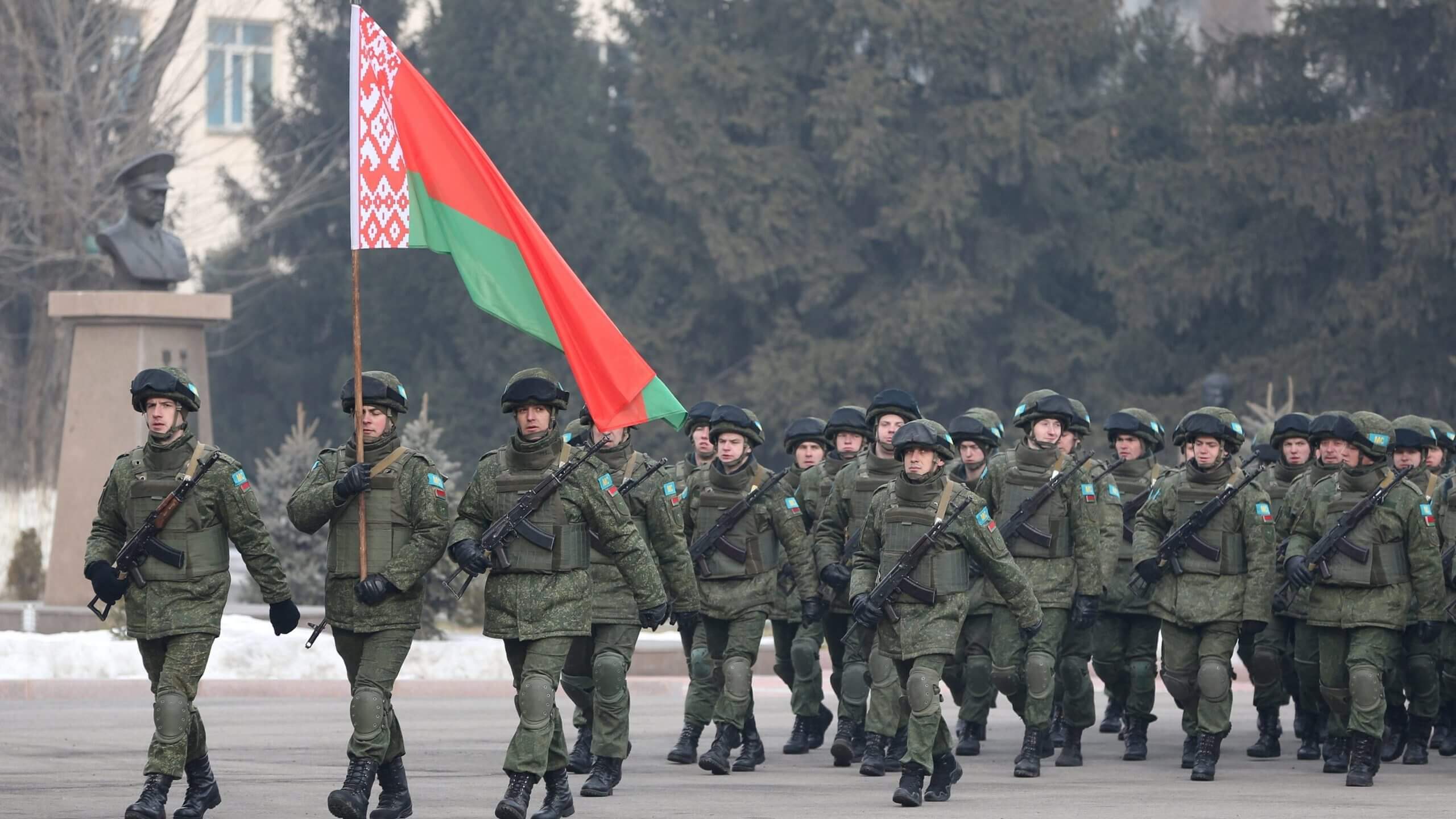Thirty years after the dramatic breakup of the Soviet Union, tremors from that socio-political earthquake continue to reverberate through the vast terrain it once covered. An uprising in Kazakhstan earlier this month. Political strife in Belarus around its 2020 presidential election. Ongoing conflict at the Ukrainian-Russian border, more ominous by the day.
How does the church understand these confusing events? It orients itself in three instructive ways: as a local actor, as a neutral mediator, and as a peace-seeking faith. Pope Francis — and Catholic teaching stretching back to Christ — believe dialogue is a key to resolving misunderstanding, whether within families or on the cusp of war.
Looking at examples of the church’s recent and unfolding actions in Central Asia and Eastern Europe gives insight into the unique Catholic mission to serve the common good, not just the faithful. It also helps explain why Washington and Rome diverge in perceptions of what’s wrong.
Catholics live in each of the 15 former Soviet Republics, so the church is first, local. Giant Kazakhstan, as big as Western Europe, sits in a hot spot between two ambitious powers, Russia and China. It’s a prosperous place, loaded with oil and gas reserves — and some 100,000 Catholics.
Kazakhstan was suddenly in the spotlight in early January when riots, ostensibly over gas prices, spread across the country. The Kazakh president called on the Collective Security Treaty Organization, a regional military alliance led by Russia, to quell the uprising. With the internet interrupted and few independent journalists in country, the conflict remained largely a mystery, even after life returned to normal.
Enter Bishop José Luís Mumbiela, president of the country’s episcopal conference, speaking on an Italian webinar regarding the church in Kazakhstan. A Spanish-born missionary priest living in Almaty since 1998, he gave an account of January’s events, including ill-intentioned efforts to co-opt…







